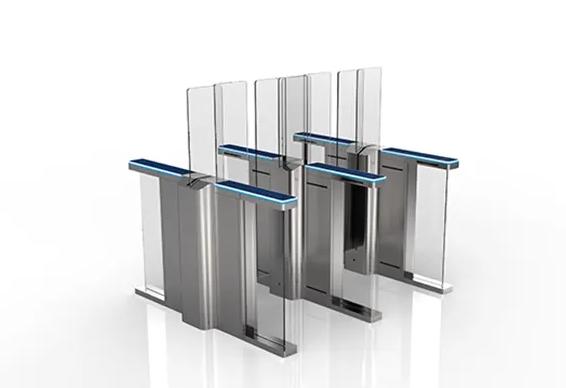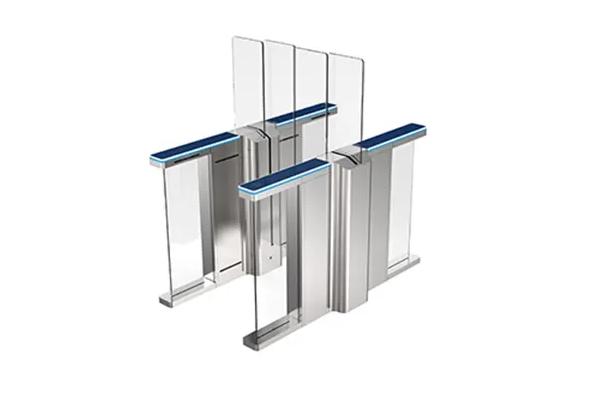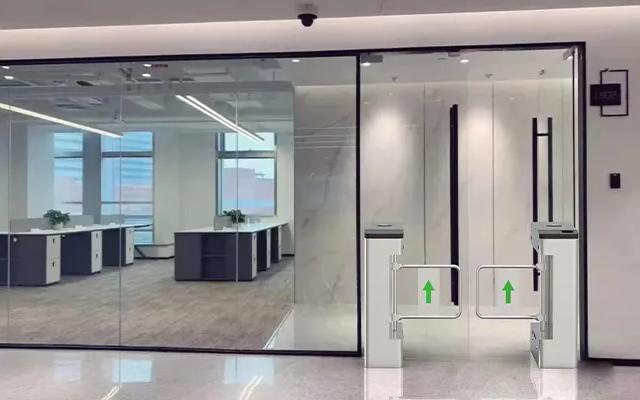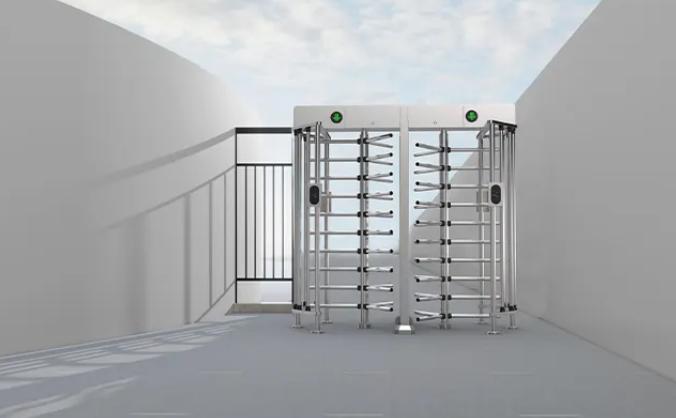Facial Recognition Access Control vs. Traditional Security Methods


Facial Recognition Access Control is changing the rules at the door. Keys, cards, and PINs still work. Yet queues grow, audits drag, and risks slip through. Biometrics promise touch-free speed and clearer identity. Traditional methods promise simplicity and low cost. Which path protects people and data today? And which one scales when traffic spikes or power fails? In this series, Turboo looks beyond buzzwords. We test real failure modes, real lobbies, real emergencies. Next, we reveal the trade-offs you can’t afford to ignore.

What‘s Changing: Biometrics vs. Legacy Credentials
For decades, keys, PINs, and swipe cards drove access control. They still have a place, but they also create friction and risk. Cards get shared. PINs get guessed. Keys vanish at the worst moment. During peak hours, queues form and staff are forced into constant manual checks. In emergencies, doors must unlock quickly without causing confusion or unsafe crowding.
Facial Recognition Access Control addresses these weak points by verifying a real face in real time. Identity becomes hard to share and easy to audit. The result is a calmer lobby: fewer hand-offs, fewer “please wait” moments, and clearer records for compliance. From Turboo’s vantage as a manufacturer, this evolution is not only about “new vs. old,” but about designing for reliability across thousands of daily cycles.
• Where Traditional Methods Struggle
Legacy methods depend on perfect user behavior. A borrowed card or a shoulder-surfable PIN can defeat an otherwise solid system, especially when the entrance is busy. Proving who actually passed through later becomes difficult, and exceptions pile up for your security team to reconcile.
• Why Facial Recognition Access Control Wins
Facial recognition brings touch-free speed and higher assurance. It also reduces credential management overhead – fewer lost cards to print, fewer resets to issue – and gives you cleaner logs for audits. For sites bound by strict standards, that combination is powerful.

How Turboo Designs for Real Sites, Not Lab Demos
As a manufacturer, Turboo builds for real-world entrances where reliability matters more than hype. Our full-height sliding turnstile with tempered glass doors is engineered for low noise, smooth motion, and long service life. We design for everyday stability and the unusual moments that really define a system: power cuts, stalled entries, visitors who need help, and fire-safety egress.
1) Built-In Protections That Matter
We include safeguards that directly address common pain points at the door:
• Anti-tailgating and anti-reverse passing to help ensure one-person-one-entry.
• Automatic reset: if access is granted but no one passes within the set time, the gate returns to locked.
• Power-off automatic opening to meet fire-fighting passage needs without delay.
• Infrared anti-clip protection while the gate is open or moving to protect users.
• Flexible credentials: IC and ID cards, scanning, and face recognition – use one or combine them.
• “Memory” or “no memory” card modes to align with your policy on repeated taps.
• Two operation modes – open or closed – and multiple working modes, including two-way or one-way card reading.
These features make upgrades practical. If you’re not ready to go all-in on biometrics, keep cards and scanning while you introduce facial recognition at your busiest entrance. This hybrid, touchless access control system approach eases change management and helps your team learn new workflows while maintaining continuity for visitors and contractors.
2) Flexible Modes for Gradual Adoption
Not every door needs the same settings. Some sites prefer two-way reading to balance traffic; others choose one-way control with supervised exits. Some lobbies stay open during business hours and switch to stricter rules at night. Turboo supports these choices without adding complexity for your operators. When you are ready, Facial Recognition Access Control can be enabled for employees, while cards remain available as backup or for guests. It’s the same hardware, tuned to your policy.

Choosing the Right Path – and How to Start
If you face tailgating, shared cards, or long queues, the ROI from Facial Recognition Access Control appears quickly. Identity is stronger, passage is faster, and the entrance feels more predictable. If your site is low-risk with steady, low-volume traffic and a strict budget, traditional credentials may still be sufficient – especially when combined with automatic reset and anti-reverse protections to tighten control without adding friction.
✅ Practical Scenarios
• Corporate HQs that host many visitors need speed and strong identity proof. Pair facial recognition with full-height tempered-glass barriers to deter piggybacking while keeping the lobby open and welcoming.
• Industrial plants with shift changes benefit from two-way reading and anti-tailgating to prevent unauthorized movement between zones.
• Education and healthcare require dependable egress. Power-off automatic opening supports safe evacuation without compromising daily control.
A thoughtful rollout pays dividends. Start where the pain is highest – usually the main lobby during peak times. Keep cards as a safety net, and enroll a pilot group on facial recognition first. Use the “memory” or “no memory” setting to match how you want repeated taps to behave at turnstiles. Test two-way vs. one-way reading at different doors and monitor queue times, exception rates, and help-desk tickets. Expand when the data is clear.
A Simple Migration Plan
Begin with policy, not just hardware. Decide who needs a fast lane, who needs multi-factor, and how visitors are handled. With that in hand, Turboo will configure the right combination of open/closed modes, one-way/two-way reading, and credential mix. Our anti-tailgating, anti-reverse, and automatic reset functions stabilize the entrance from day one. When you add facial recognition, your assurance rises without sacrificing flow – ideal for biometric door access for offices that want speed, auditability, and a clean, touch-free experience.
Finally, think about the long term. Mechanisms that grind or jam create operational risk and poor user sentiment. That’s why we invest in low-noise drives, smooth sliding action, and protective sensors. A quiet, predictable passageway makes a building feel cared for – and turns security from a bottleneck into part of the welcome.
Closing Words
If you’re ready to compare your current setup with Turboo’s approach to Facial Recognition Access Control, talk with our engineers. Share your entrances, peak times, and safety rules. We’ll map the right blend of face recognition, cards, and scanning – and fine-tune anti-tail, anti-reverse, and reset settings – so you can move from brittle control to reliable protection. Start a pilot with Turboo and see smoother flow, stronger identity assurance, and a lobby that simply works.











